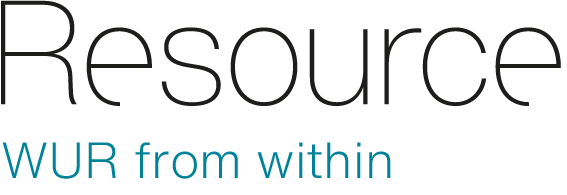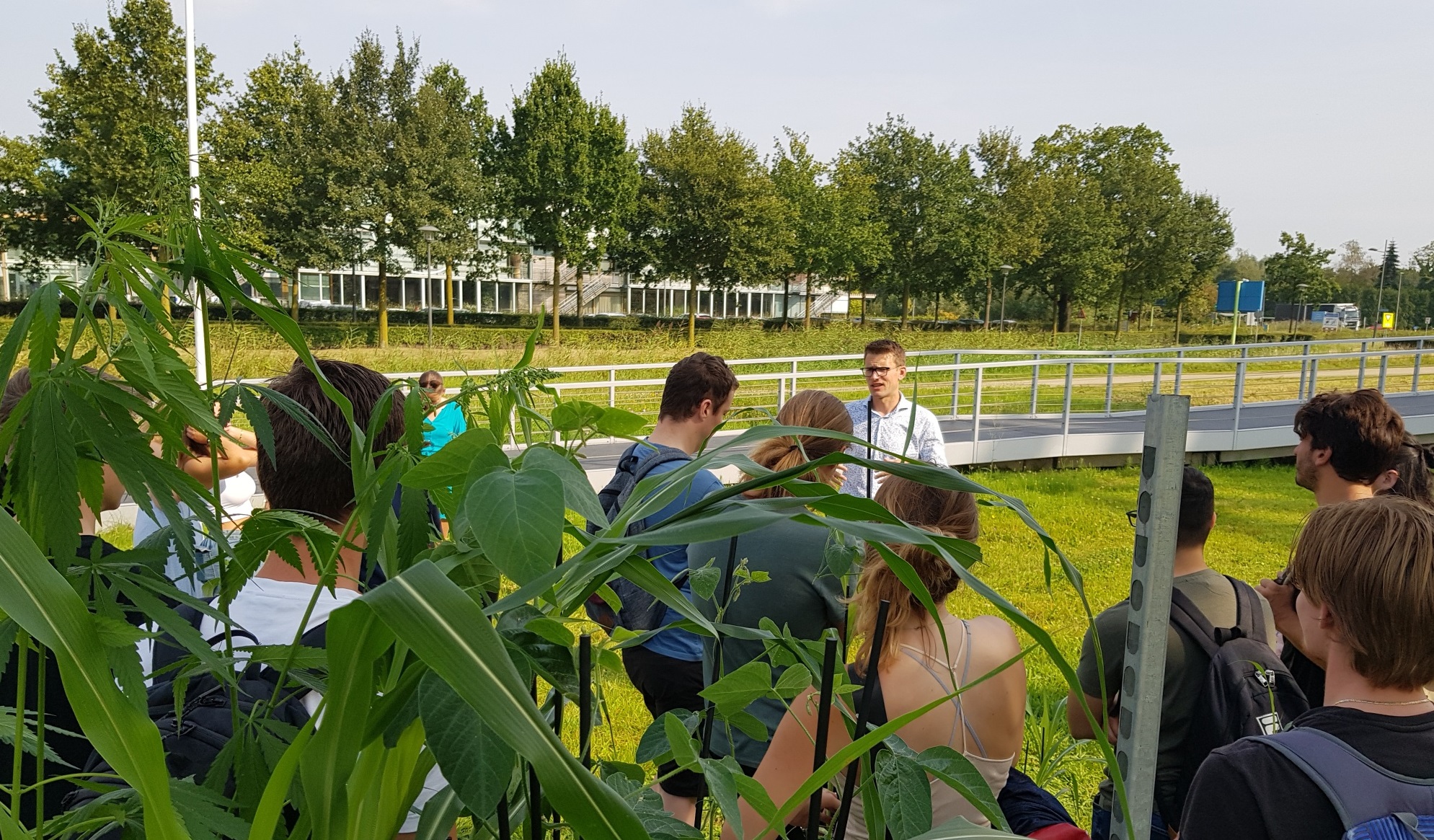If it were up to Assistant Professor Yvette Baggen (Education and Learning Sciences), students would face increasing complexity and uncertainty in their training by working on existing societal challenges. The so-called entrepreneurial learning turns today’s students into the change agents of tomorrow,’ Baggen says.
She and her colleagues conducted an exploratory study on the characteristics of in- and extra-curricular challenge-based learning (CBL) as offered at WUR. ‘WUR’s challenge-based learning is a type of entrepreneurial learning without using the term. This type of learning focuses on the way of thinking and skills rather than on how to start a business, as the term may suggest.’
Uncertainty
There are two types of CBL that WUR offers: in-curricular, as part of the learning programme, and extra-curricular through voluntary participation in such things as student challenges. Students are faced with an existing problem in both cases, which they are asked to address through interdisciplinary collaboration with fellow students and external stakeholders such as entrepreneurs, policymakers and other professionals.
‘Our study shows that these two forms have different learning goals, learning activities and learning results’, Baggen states. ‘Extra-curricular CBL is voluntary and contains a competitive element. The collaboration with external stakeholders is more intensive, which increases the project’s societal impact. Moreover, the student has more autonomy and control over the project. There is a large degree of uncertainty as there is no way of predicting what precisely will happen in the partnership with external parties or when testing ideas, and there is more room for personal development. In-curricular CBL is rewarded with credits and must, thus, meet the programme’s general learning goals. This calls for different skills. There is more academic depth, and students learn how to collaborate within an interdisciplinary team through a structured approach.
Learning surprises
Baggen is enthusiastic about the in-curricular ACT (Academic Consultancy Training) master’s course, where students of different disciplines work on societal challenges with real stakeholders. ‘In this course, they may face unexpected feedback or resistance from the stakeholders.’ Baggel calls this “learning surprises”. Programmes cannot simply include such learning surprises in their curriculum. ‘Programmes must follow pre-formulated and diligently tested learning goals. That makes education a controlled process, which, in a manner, is the opposite of fostering uncertainty and entrepreneurship.’
Learning to learn
‘In-curricular CBL creates a safe environment for teamwork, while extra-curricular CBL offers students more opportunities to set their own learning goals’, Baggel concludes in her study. ‘Now, we want to investigate how we may integrate the learning experiences of such extra-curricular education into the curriculum without boxing it in too much. Challenge-based learning should be available for all students and not just for those fortunate enough to have time available for extracurricular projects.’ One solution, according to Baggen, could be ‘formulating learning goals that stimulate students to work on their personal “learning desires”. Students then decide for themselves what area they wish to develop, and the curriculum offers them room to take the appropriate actions. That calls for a different way of organising education.

 ‘Challenge-based education teaches students collaborative skills and how to address real societal issues.’ Photo Shutterstock
‘Challenge-based education teaches students collaborative skills and how to address real societal issues.’ Photo Shutterstock


